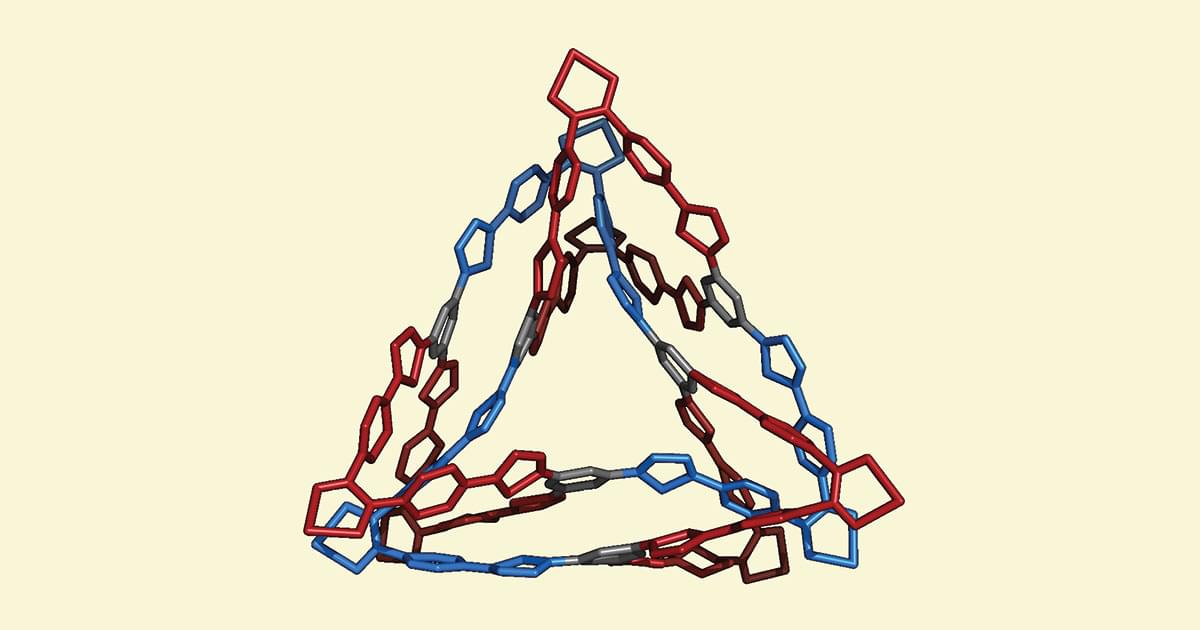Qimmeq dogs have pulled Inuit sleds for 1,000 years — now, they need help to survive.
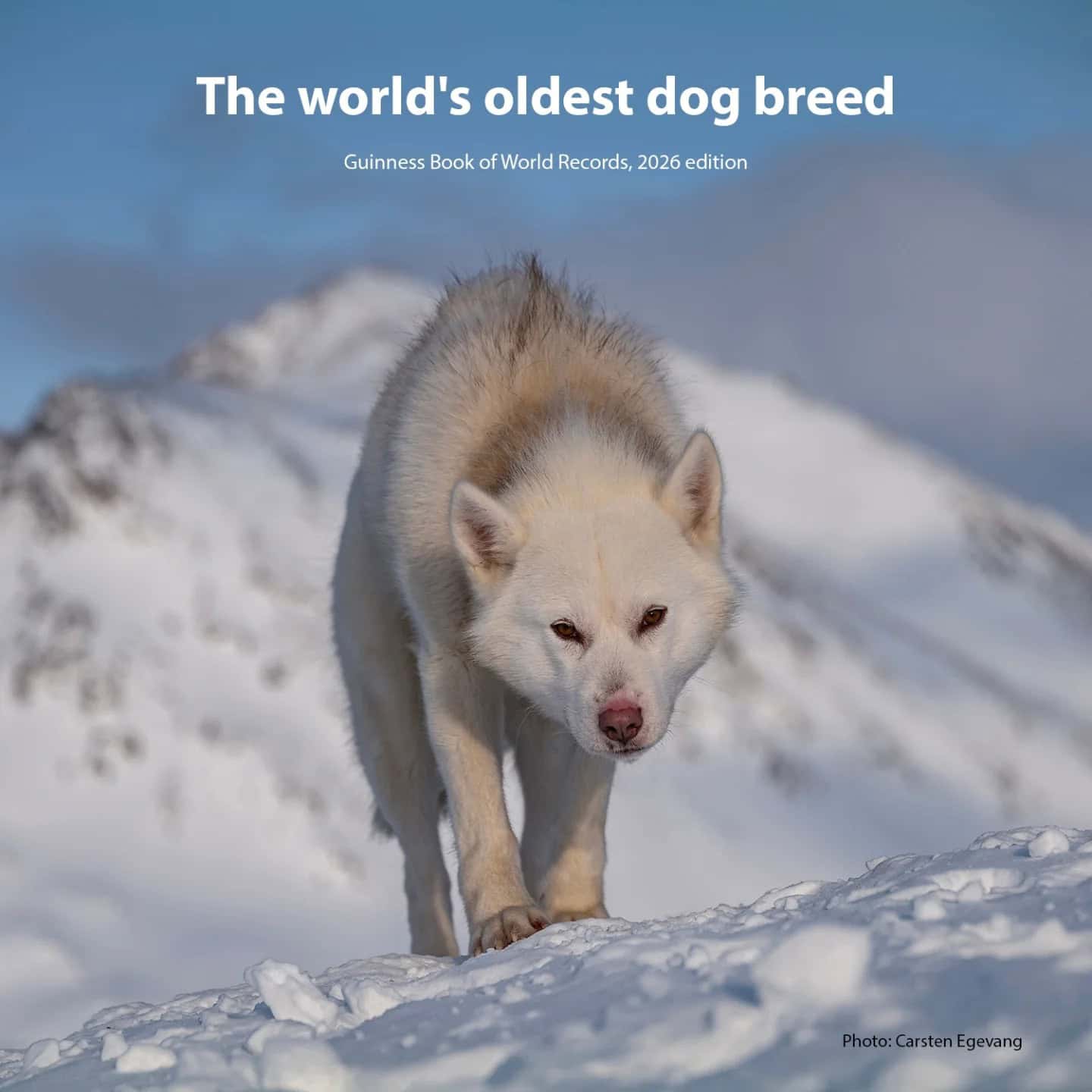

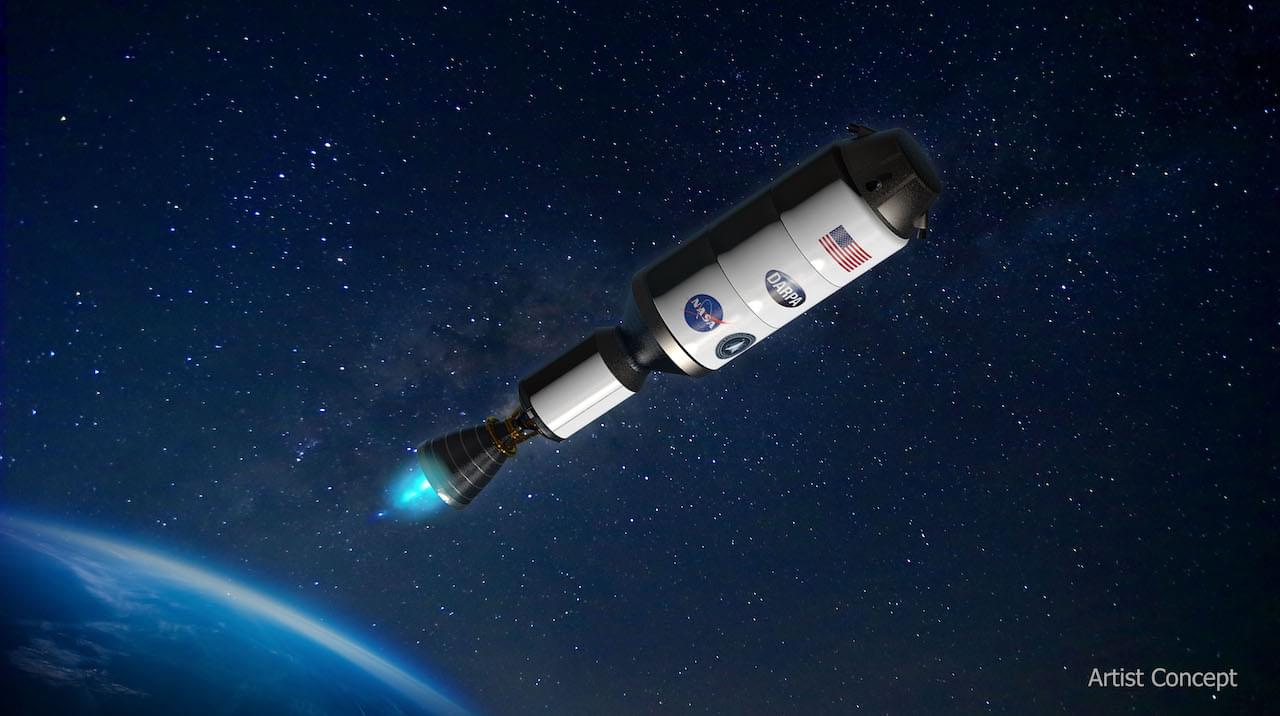

Why is Mars barren and uninhabitable, while life has always thrived here on our relatively similar planet Earth?
A discovery made by a NASA rover has offered a clue for this mystery, new research said Wednesday, suggesting that while rivers once sporadically flowed on Mars, it was doomed to mostly be a desert planet.
Mars is thought to currently have all the necessary ingredients for life except for perhaps the most important one: liquid water.
Further reading.
https://www.sciencedirect.com/science/article/abs/pii/S0956566325005779
https://journals.lww.com/medmat/fulltext/2025/06000/organoid…res.1.aspx.
https://link.springer.com/article/10.1007/s10015-024-00969-0
https://www.igi-global.com/chapter/synthetic-biology-and-ai/366024
#sciencenews #science #news #scienceexplained #artificialintelligence #ai #robots #explained #research #organoid
This is a ~18 min talk plus ~10 min Q&A on a top-down approach to bioengineering and robotics that I gave at the Biohybrid Robotics Symposium in Switzerland in July 2025 (https://biohybrid-robotics.com/).
Want more on knowledge hypergraphs? Sign up for my newsletter at Open Web Mind https://www.openwebmind.com/newsletter/ or subscribe to my YouTube channel htt…
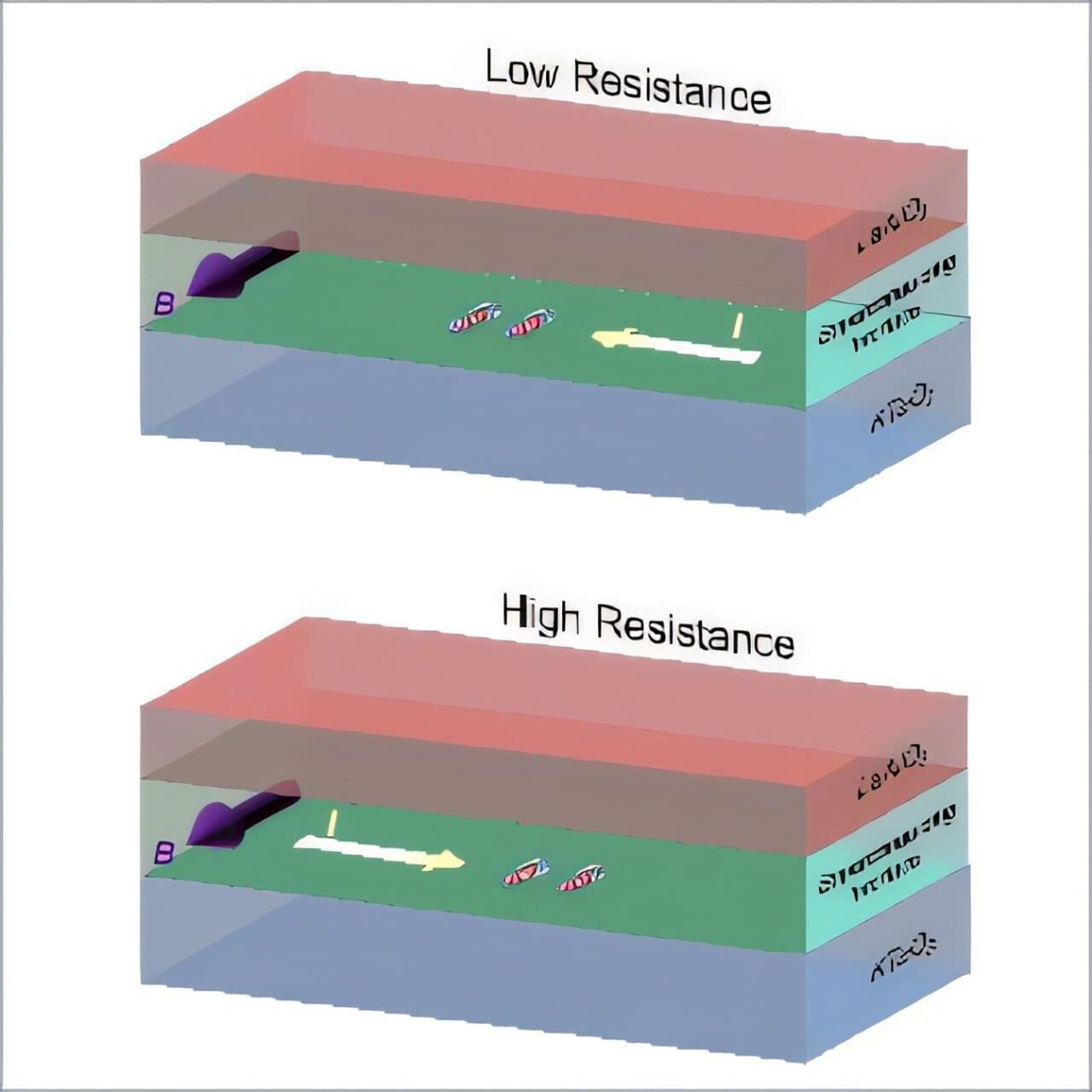
Superconductivity is an advantageous property observed in some materials, which entails the ability to conduct electricity without resistance below specific critical temperatures. One particularly fascinating phenomenon observed in some unconventional superconductors is so-called spin-triplet pairing.
In conventional superconductors, electrons form what are known as “Cooper pairs,” pairs of electrons with opposite momentum and spin, a phenomenon referred to as spin-singlet pairing. In some unconventional superconductors, on the other hand, researchers observed a different state known as spin-triplet pairing, which entails the formation of pairs of electrons with parallel spins.
Researchers at Fudan University, RIKEN Center for Emergent Matter Science (CEMS) and other institutes recently observed a significantly enhanced nonreciprocal transport in a class of superconductors known as KTaO3-based interface superconductors, which they proposed could be explained by the co-existence of spin-singlet and spin-triplet states.
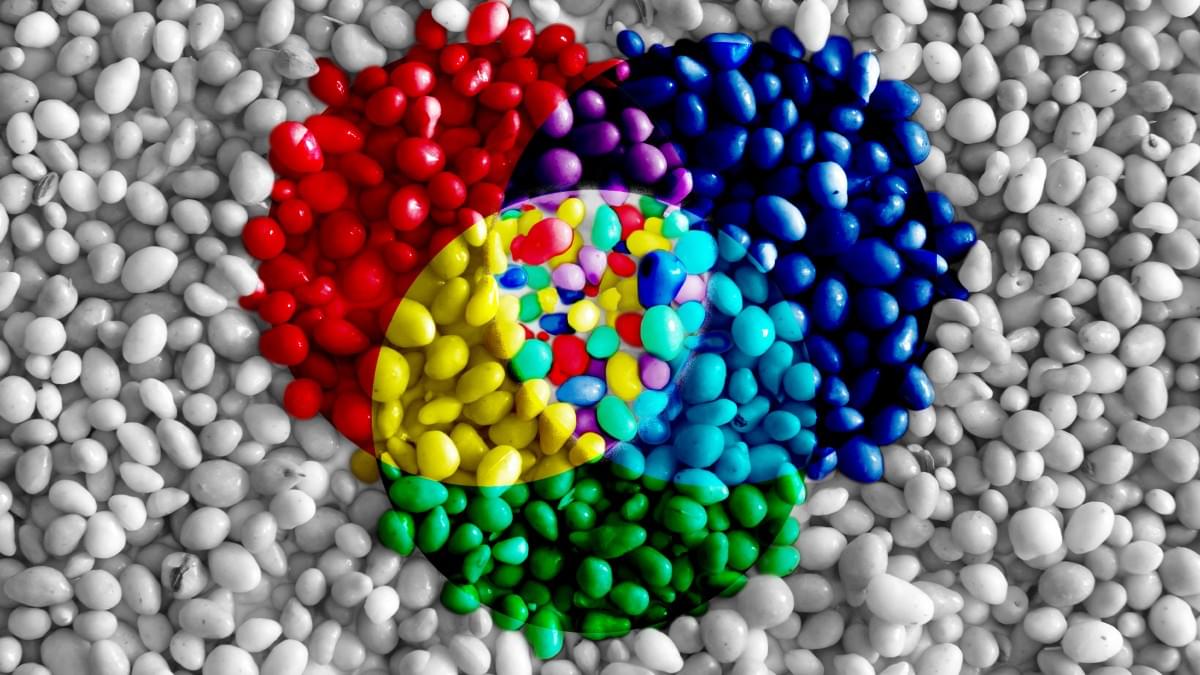
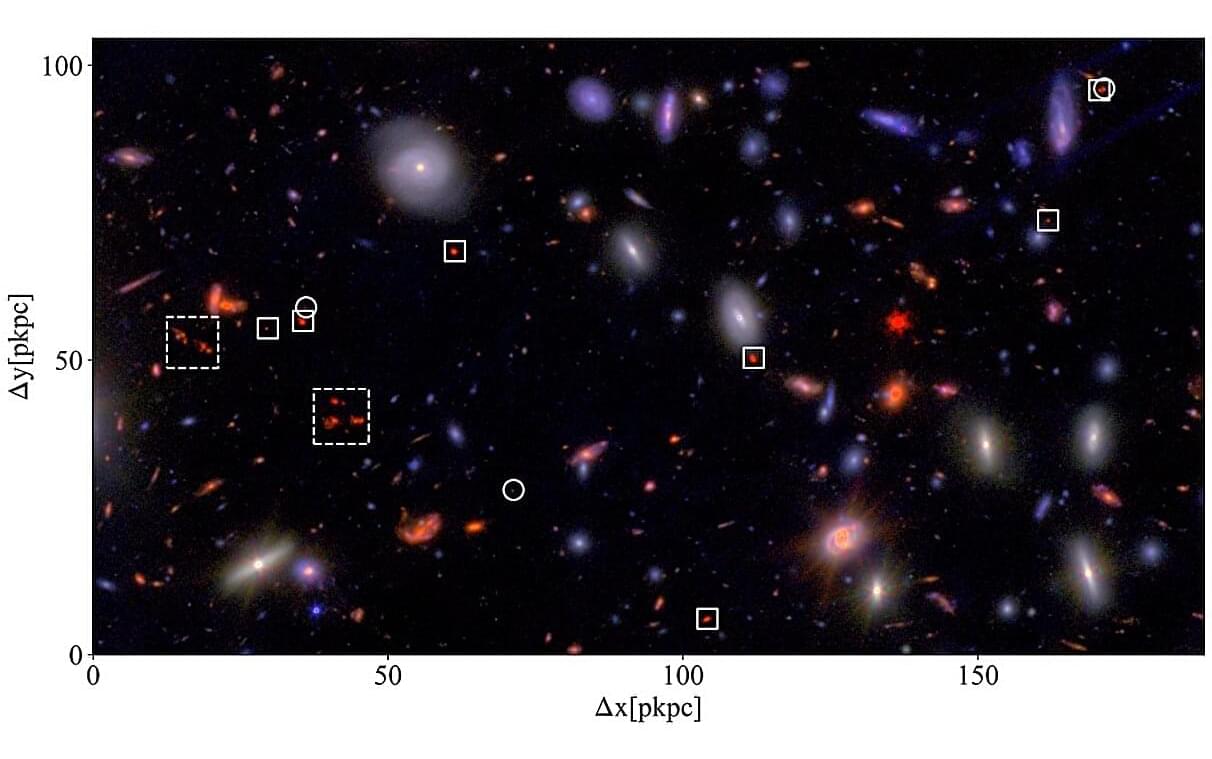
Using the James Webb Space Telescope (JWST), an international team of astronomers has performed deep and high spectral resolution imaging of a distant protocluster of galaxies, designated A2744-z7p9OD. Results of the new observations, published July 8 on the arXiv preprint server, shed more light on the properties of this protocluster, revealing that it hosts a remarkably evolved core.
Galaxy clusters are collections of hundreds to thousands of galaxies bound together by gravity. Such clusters are the most immense gravitationally bound structures in the universe, and therefore they could serve as excellent laboratories for studying galaxy evolution and cosmology.
Of special interest for astronomers are studies of protoclusters of galaxies—the progenitors of clusters. These objects, found at high redshifts (over 2.0), could provide essential information about the early phases of the universe.
